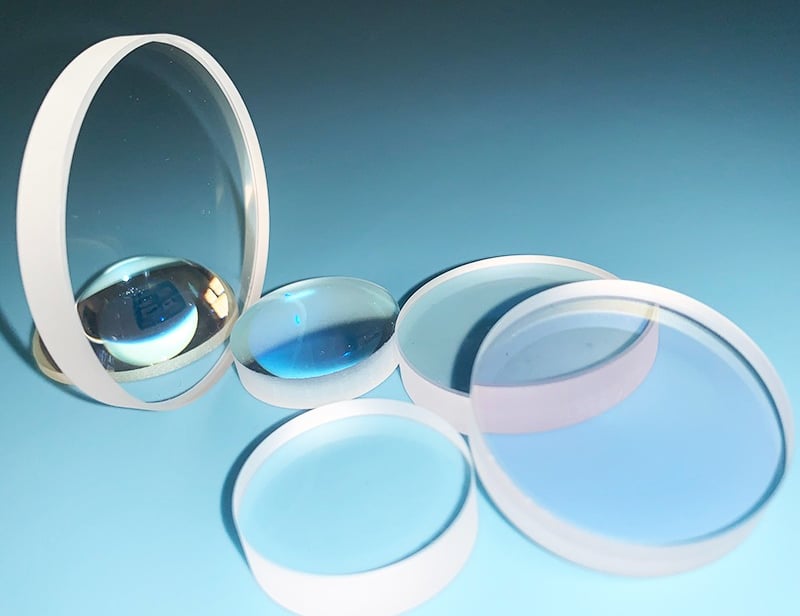Understanding the Optical Lens Processing Steps
Optical Lens Processing
6/16/20252 min read


Introduction to Optical Lens Processing
Optical lens processing is a meticulous art that involves a series of steps to create high-quality lenses for various applications such as glasses, cameras, and telescopes. Each phase, from material selection to final assembly, is crucial in determining the performance and precision of the final product. In this article, we will explore the fundamental steps involved in optical lens processing.
Material Selection and Shaping the Lens
The journey of lens manufacturing begins with the careful selection of materials. Typically, optical lenses are crafted from various types of glass or plastic, chosen based on desired optical properties and the specific application of the lens. Once the material is selected, the rough grinding or shaping process begins. This stage involves removing excess material to achieve the approximate specifications and curvature of the lens, which is vital for its optical performance.
Fine Grinding, Polishing, and Coating
After the rough grinding phase, fine grinding or lapping is performed. This step refines the lens surface further, ensuring it reaches the required optical tolerances. The lens surface must be smooth to prevent distortion of light. Following fine grinding, the lens undergoes polishing, where fine abrasives are used to achieve a high-gloss finish. This polishing step not only enhances clarity but also prepares the lens for potential coating applications. Coating is optional but highly beneficial, as it can provide anti-reflective properties, enhance durability, and protect against scratches.
Centering, Cleaning, Inspection, and Final Assembly
Once the lens has been polished, centering is the next critical step. This process involves aligning the optical axis of the lens with utmost precision to ensure optimal performance. Following centering, the lens must be meticulously cleaned to remove any residues or contaminants from the prior stages of processing. A thorough inspection phase then takes place, where each lens is examined for quality, defects, and adherence to specifications.
Optional cementing may be employed if the lens is to be combined with another optical element, enhancing its functionality. Finally, the assembly phase stitches together all components, completing the lens production. It is in this final stage that all previous processing steps culminate to deliver a functional optical lens.
In summary, the optical lens processing steps - material selection, rough grinding, fine grinding, polishing, centering, coating (if applicable), cleaning, inspection, and assembly - form a comprehensive workflow. Each step is interconnected, playing a significant role in the end quality and utility of the optical lens. Understanding these processes not only helps in appreciating the intricate nature of lens manufacturing but also emphasizes the importance of precision and quality in optical applications.
Changchun Positive Optics makes all kinds of optical lenses, welcome to connect by info@pooptics.com!
